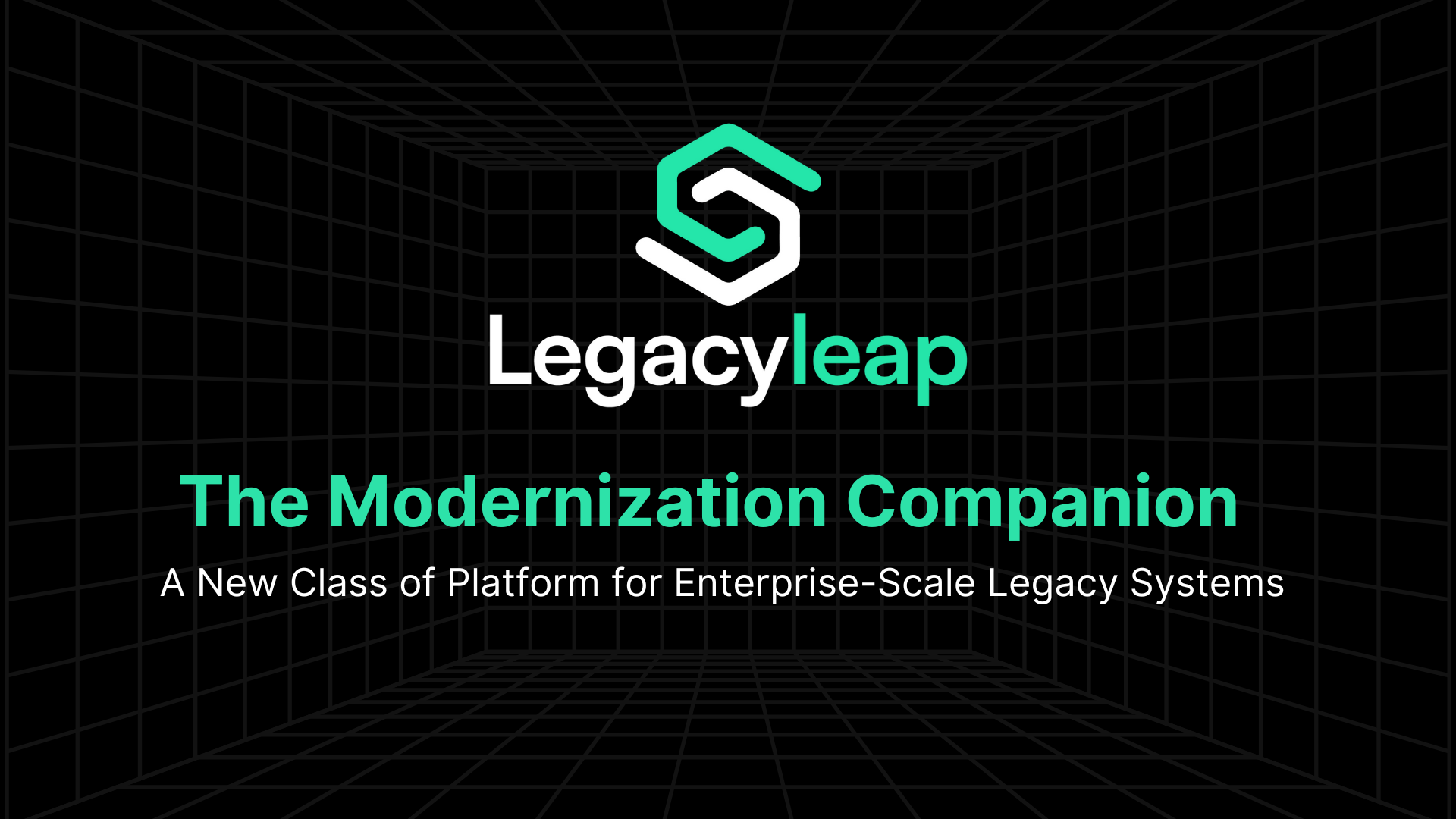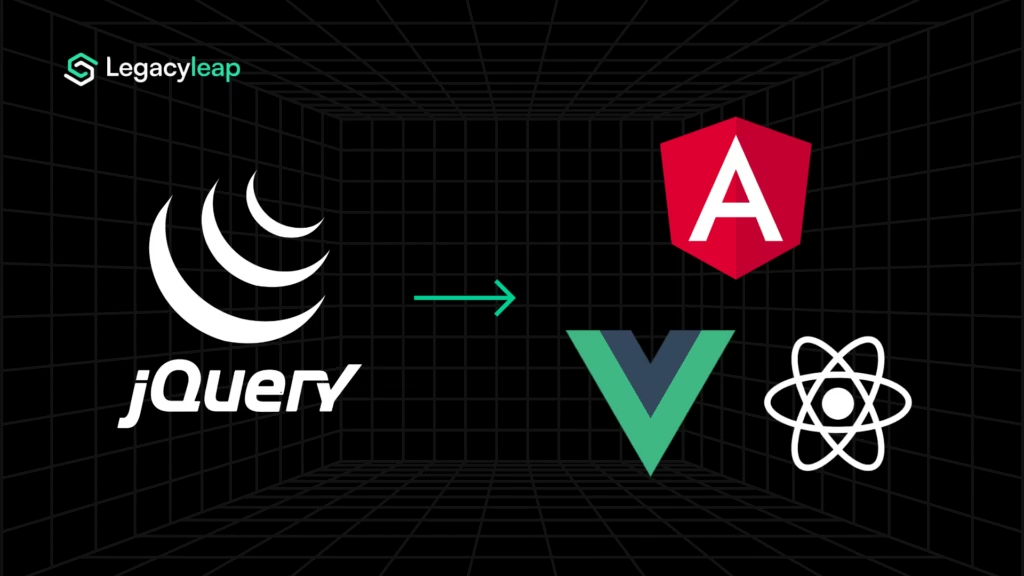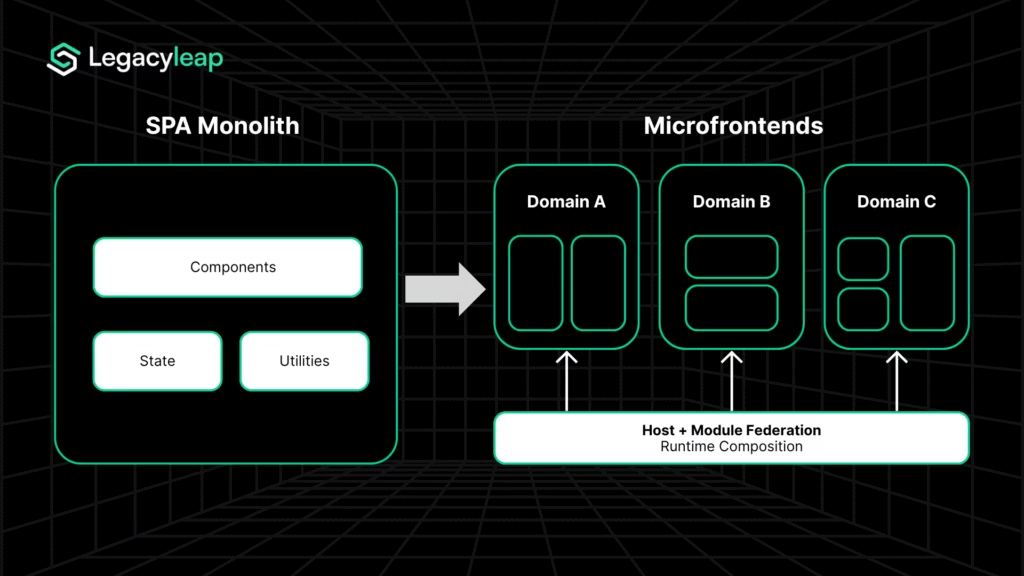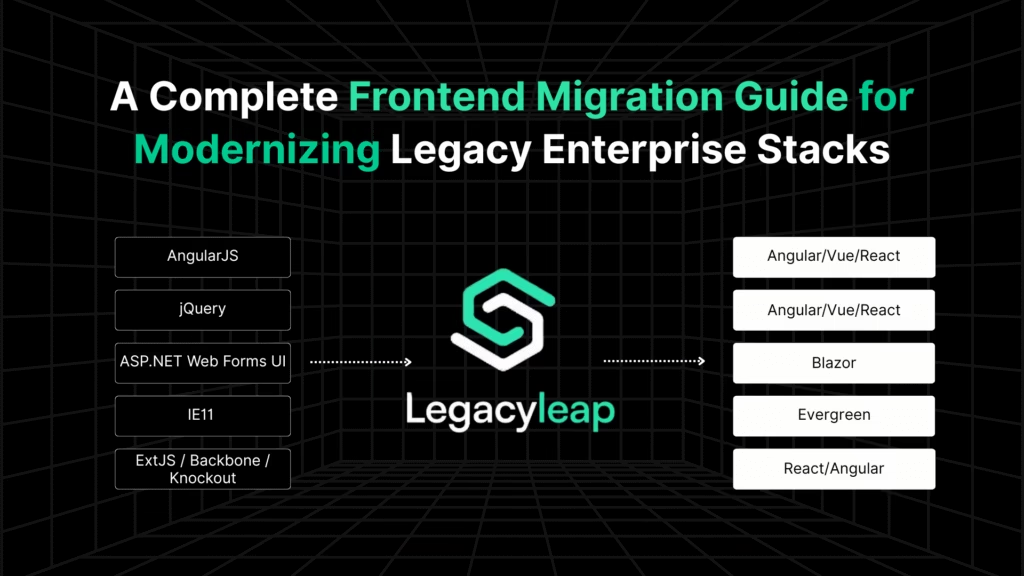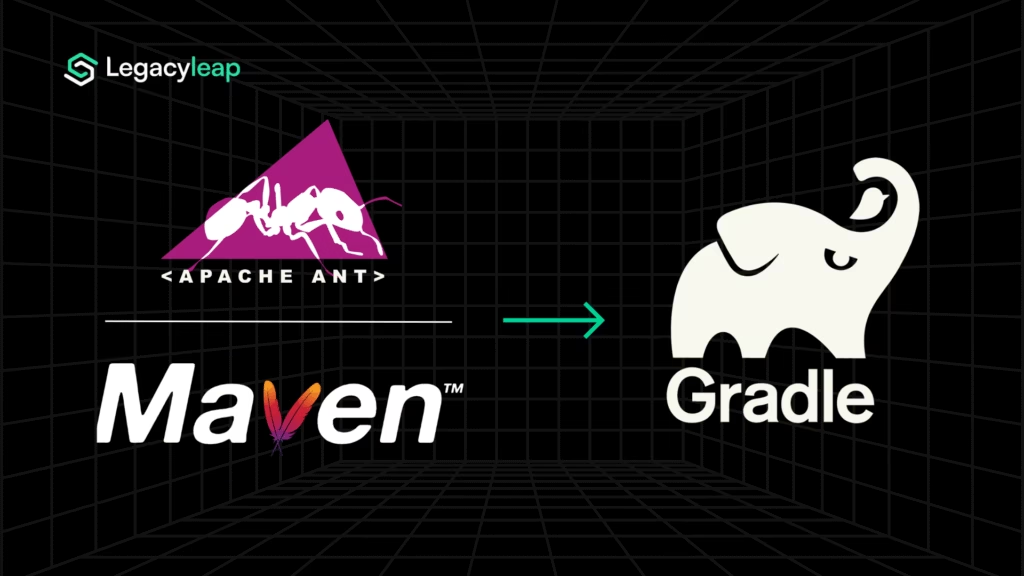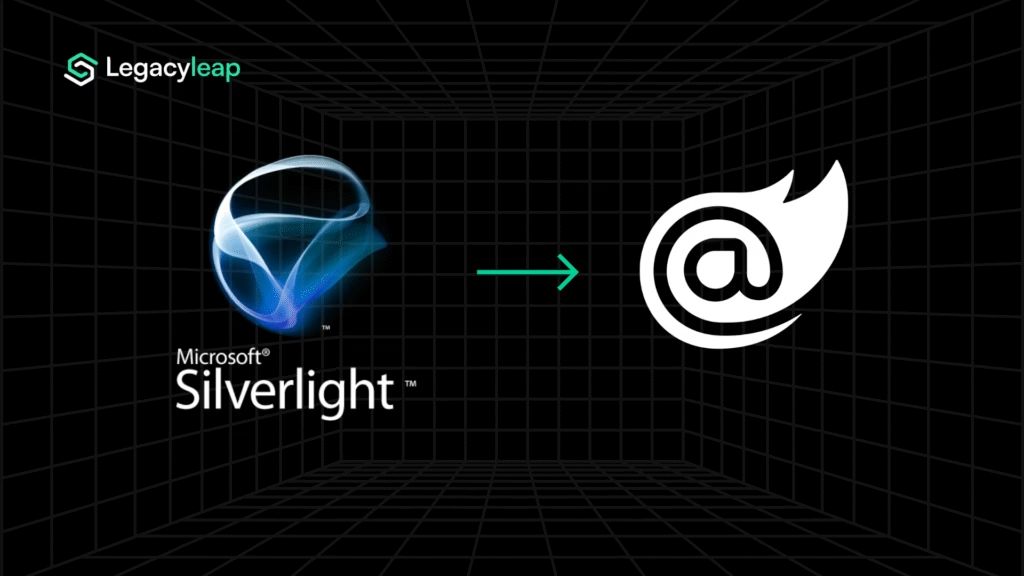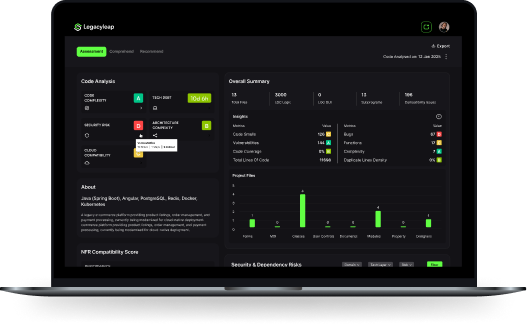The rapid acceleration of AI has redefined the technological landscape, forcing enterprises to rethink their foundational systems, not just their front-end interfaces or developer workflows.
While most of the buzz focuses on consumer-facing applications and productivity tools, the real inflection point lies deeper: in how large organizations modernize legacy systems that were never built for today’s pace of change.
That distinction is critical. And it’s exactly where most Gen AI tools stop and where Legacyleap begins.
The Limits of AI at the Developer’s Desktop
When people think of AI in coding, tools like Copilot, Cursor, or Replit Ghostwriter come to mind. These tools are designed to help individual developers write new code faster. They work at the file level, passing a few internal lines into a prompt, and generating code snippets in return.
They’re great for building small web apps or mobile features quickly.
But these are forward-engineering tools. They were never built to handle the complexities of modernizing large-scale enterprise systems.
They don’t understand legacy architectures. They can’t analyze upstream and downstream impacts. They don’t generate reliable documentation. And they certainly don’t reduce the risk of rewriting systems that have evolved over decades without documentation, context, or continuity.
These tools optimize individual productivity, but they fall short when it comes to enterprise-grade modernization. That’s not their fault. It’s simply not what they were built for.
Legacyleap was.
Legacyleap: A Companion Platform Built for the Full Modernization Journey
Legacyleap is a fundamentally different solution. It’s not an AI assistant that lives in your IDE. It’s a companion platform built specifically for modernizing legacy applications at enterprise scale, across the full lifecycle.
It supports the entire modernization team, not just individual developers. Product managers, project leads, architects, developers, and testers all use Legacyleap across the journey, from the moment a modernization decision is made to testing, validation, and go-live.
And the benefits are real. What used to take 10,000 man-hours can now be done in half the time. For stacks like VB6 to .NET, Legacyleap already automates 70% of the heavy lifting, replacing at least half the manual effort that legacy transformations used to demand.
It’s not an overlay. It’s not a productivity boost. It’s a new way to approach modernization altogether. One that makes it more practical, less risky, and far more achievable.
Comprehensive Support Across the Modernization Journey
The true power of Legacyleap lies in its breadth and in how deeply it supports the modernization process end to end. It handles everything: documentation, system comprehension, architectural recommendations, code generation, testing, validation — the whole nine yards.
Here’s a closer look at how:
Deep Source Code Intelligence
Unlike tools that generate isolated fragments, Legacyleap builds rich intelligence around your source code. It doesn’t stop at reading files. It builds a structured context around how code is represented from multiple perspectives.
This enables more effective and accurate modernization, grounded in how your systems actually work.
Documentation and Comprehension
The platform auto-generates technical and business-process documentation that stays up to date and conforms to enterprise standards. It gives you a real-time, X-ray view into your IT landscape, showing upstream/downstream impacts, dependencies, and data flow across systems.
Enterprise-Grade Architecture
Designed from day one for large enterprises, Legacyleap handles massive codebases with tens of millions of lines. It uses three internal representations of code, stored across three separate types of databases, to support accurate analysis and generation at scale.
Uncompromising Security
Security is a first-class concern. Legacyleap can be fully deployed within your cloud environment, with no API calls made outside your perimeter.
Your source code never leaves your infrastructure. Any intelligence built from your systems stays inside the enterprise.
Broad Stack Support
Its modular architecture allows continuous expansion across legacy stacks. Today, it already handles:
- Java stacks like EJB2, EJB3, Struts → modern Spring Boot
- VB6, .NET 1.1, early WinForms → modern .NET
- JSP, legacy UI stacks → React or Vue
- Ab Initio, IBM DataStage → Spark-based pipelines
View our case studies to explore how enterprises are already modernizing these stacks in production.
Structured Modernization Process
Legacyleap follows a five-phase approach: Comprehend, Recommend, Refine, Modernize, and Validate.
Even during pre-sales, the platform delivers a zero-dollar assessment, packed with insights, documentation, security scans, architectural drift detection, and API mapping. It’s not a teaser. It’s proof of capability.
This is what enterprise-grade looks like: full-stack visibility, platform-controlled rollout, and measurable progress from day zero.
Why This Matters To CXOs, Especially Now
In an enterprise context, the biggest friction point to innovation isn’t the absence of ideas. It’s the presence of legacy.
And that friction compounds. You can’t adopt GenAI meaningfully when your core systems weren’t built to integrate, scale, or evolve. The teams feel it. Leadership feels it. But until now, modernization felt like an expensive, high-risk gamble.
Legacyleap changes that equation.
It redefines what’s feasible — not by making modernization easy, but by making it structured, explainable, and verifiable. You get speed where it matters, clarity where you’ve lacked it, and control where you’ve never had it.
Same budget → Half the timeline → Twice the scope → And significantly less risk.
The platforms have matured. The use cases are proven. What was once theoretical is now operational and the only question left is whether you’ll wait or move.
Start with a $0 assessment today for complete visibility into your systems and a path forward when you’re ready.


